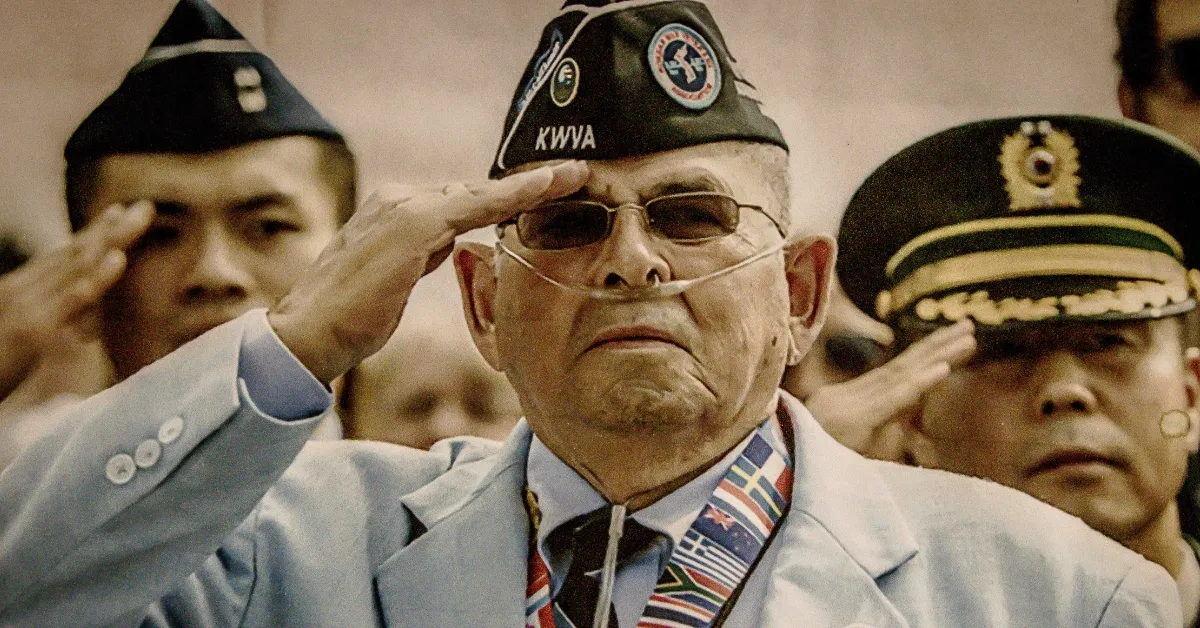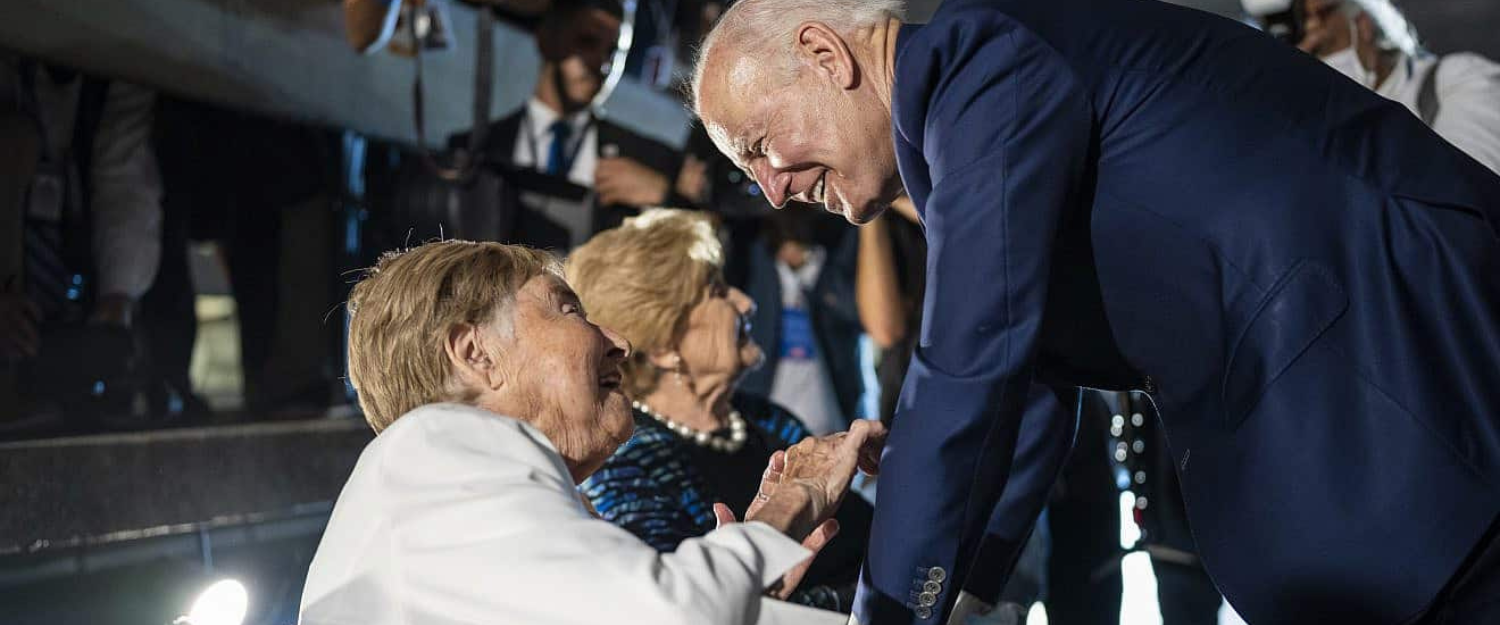Atomic History
Yitzhak ben Moshe, Editor/Reporter, New Mexico
What do you know about the Manhattan Project? I asked a few people that question over the past couple of weeks just to see what they knew and what they thought. The answers were all over the place.
“That’s that thing they do when they fix a subway, isn’t it?” That’s what Amber, age fifteen, said the Manhattan Project was.
“A really great movie,” says Bryan, age twenty-five. “It’s with Christian Slater, where he was working on that cold fusion energy project.”
One person out of the fifty or so I spoke to knew what the Manhattan Project was.
“The Manhattan Project was the American government’s plan to achieve atomic fusion and build a bomb,” said Gladys, a woman who says she remembers the project and many of the more prominent names involved.
Yet, here in El Paso, there was a man who was part of the Nuclear Weapons Program. He also worked on the ICBM project. Then, the technology he worked on in the ICBM project became the framework for the Mercury, Gemini, and Apollo projects.
This same man was also a prisoner of war when he was shot down in April 1953 while on a mission over North Korea. He also served in Vietnam. He was involved in the Cuban Missile Crisis.
Who am I talking about? Master Sergeant Roy E. Aldridge.
There is so much to share from this remarkable man’s life. It was hard to pick just one thing to focus on in this, the first part of his story. I decided to write about how he became involved in the Nuclear Weapons project.
“Everyone used to ask me, ‘How did you get into nuclear weapons,’” recalls Roy Aldridge. “I have no idea. All I know is I got orders to go to report to the Commandant of the ROTC unit, University of California of Berkley.”
Msg Aldridge thought the time had come for him to get his education and commission.
“I checked in, and they put me on a bus and took me to a different place on campus, behind a chain-link fence that had a dormitory in it, and that’s where I was,” said Roy Aldridge.
As Aldridge stood around, talking with others and filling out paperwork, he awaited what came next. Then, names were called out, and they began to board a bus. Some remained behind as they needed help to pass the security and background checks. Roy Aldridge, however, did.
“So, they put us on this bus and took us to Livermore, California,” recalls Aldridge. “We’re sitting in this big, pit type classroom, typical college thing, and this General walks out.”
General Leslie Groves walked out and began to speak to them.
“He said, ‘You are getting ready to start on a great adventure,’” said Aldridge. “He says you’re going to be working with, or being associated with, such gentlemen as Dr. Robert Oppenheimer, Edwin Teller, Hans Bethe.”
As the General mentioned the name of each scientist, they walked out and stood before the men in the classroom. Each of these scientists was a physicist who was a leader in the atomic sciences. These were the men that Roy Aldridge would be learning from.
“Now, this is the hagiarchy of theoretical physics,” said Roy Aldridge.
Growing up, while at H. E. Charles Junior High, my physics teacher, Mr Capps, would talk about each one of these men and their contributions to physics.
Teller is often referred to as the “father of the hydrogen bomb” as he worked hard to convince President Truman to develop such a bomb after the Soviet Union detonated its first atomic bomb in 1949.
Hans Bethe was the one to discover the violent reactions behind sunlight and helped create the atomic bomb.
Robert Oppenheimer, the “father of the atomic bomb,” was the lead physicist of the Manhattan Project.
From their work, we gained an understanding of nuclear fusion and were able to build upon their discoveries. Because of their work, the legacy of the Manhattan Project, we have nuclear medicine.
Among the breakthroughs linked to atomic research that Angela Creager highlights in “Life Atomic”:
- treatments for cancer, especially using cobalt-60.
- diagnostic tests are still used widely in medicine.
- an understanding of metabolic pathways, such as that for photosynthesis.
- a clearer picture of how the human body absorbs and uses substances such as iron.
- the modern understanding of ecosystems as environments where matter and energy flow through living and nonliving components.
Roy Aldridge was there, with these men, gaining a first-hand understanding and knowledge of cutting-edge technology that I can only imagine being a part of.
(Authors note, in my next conversation with Roy Aldridge, we will be talking more about nuclear medicine and his role in some of the advances he was a part of, as well as the Cuban Missile Crisis in the third part of the series with Mr Aldridge.)
“We would go to class, and they would hand us ten sheets of paper, classified “top secret,” of course, by the Atomic Act of 1954,” recalls Roy Aldridge. “And that was for our notebook.”
Roy Aldridge would take his notes, and when class was over, they had to turn their ten sheets of paper in to be stored in a safe. They were not allowed to take them when leaving the facility. So how would they study?
To study what they had learned that day, or prior days, they would have to come back, from San Francisco to Livermore to study for an hour. That would not be an easy thing to do at all.
What did they do?
“Well, we all developed this memory,” says Roy Aldridge. “I still got about a 95-96 recall. We learned all this stuff,”
Then, they decided in 1960 that the military taught these men too much.
These men were walking encyclopedias of what it took to build a bomb from beginning to end.
So, how much does Roy Aldridge remember? How much did any of them remember after twenty-three years?
“We go to the first reunion,” says Roy Aldridge, “and my wife says, ‘my God, these guys picked up the conversation right where they left it thirty years ago.”
Roy Aldridge had yet to see any of the people he worked with since 1965. The reunion was in 1995. Now, that is a memory.
I did ask Roy Aldridge if he was worried that some group, like ISIS, would one day kidnap him and force them to build a bomb. He assured me that the technology is too old and that time has moved on. However, he said they could learn enough from “Sum of All Fears” to build a dirty bomb. Sure, a few things have been left out, but he did say what was written in that book did give him cause to worry.
****
Roy Aldridge is a fantastic man who has done some amazing things in his life. I’ve spent the past two weeks reading about him and some of the situations he’s found himself in. I’ve also learned that he is just one of many people living in El Paso who were part of major historical events.
Roy Aldridge was on the cutting edge of Atomic Sciences, the Cuban Missile Crisis, the space program, and nuclear medicine. He also served in Korea, where he was a POW, and in Vietnam.
MSG Aldridge has a story to share, one we must listen to and learn from. If we do, I can promise we will be better people for it.
As I said, this will be the first in a five-part series with Roy Aldridge. Now, I’ll give him the last word.
“Everybody says it can’t be done in PET Scanning, the camera I had, and some of the isotopes I had. And I’d say, ‘Don’t let Gertrude hear you because she thinks she can.’ Nothing can’t be done because somebody will think they can and do it. That’s my motto,” says Roy Aldridge.
Master Sargeant Roy Aldridge is living proof that anything and everything can be done. Period.
Now, take the time to watch the video – there is so much to learn from MSG Aldridge. Trust me; it will be time well spent.
***
Have a story you want to share? Get in touch with Yitzhak at [email protected] or call +1.929.554.0153.
Follow The Jerusalem Press on Facebook | Twitter | Instagram | Threads | TikTok




